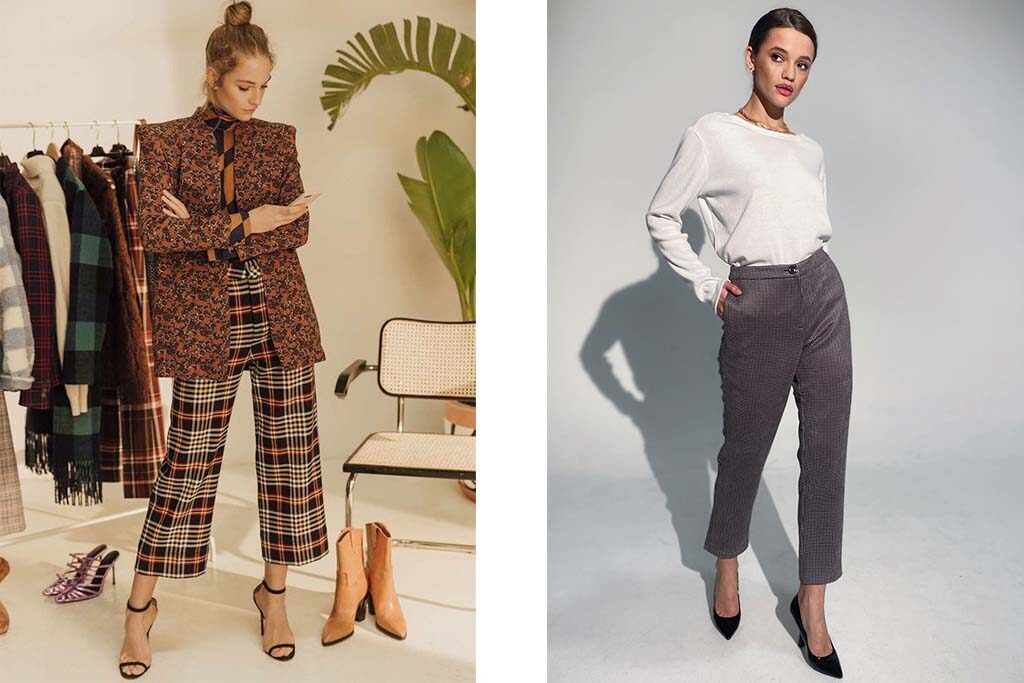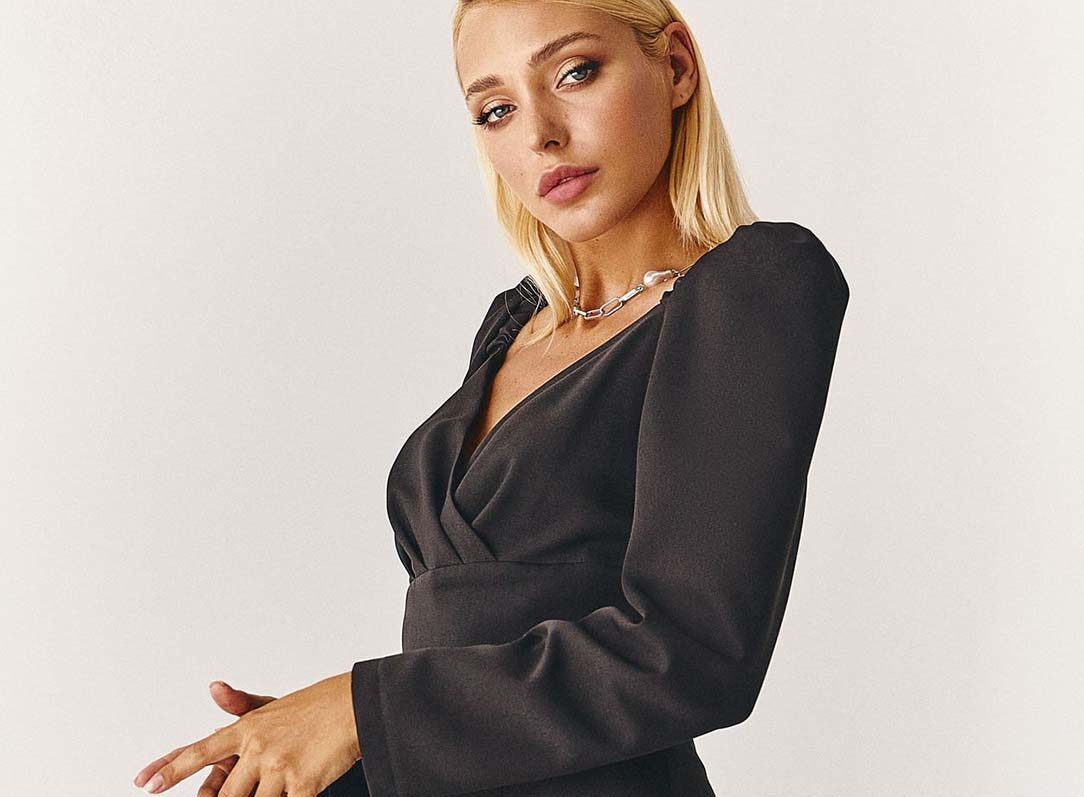How can a trend that first appeared back in the 1960s remain relevant almost every season? Very easy, because this trend is more than just bell-bottoms, blouses with puff sleeves, layered sundresses or tunic dresses: it is a broader trend of combining bright colors, and not a separate style. So, what do we know about the color block style, how to put it into practice and how to combine clothes of different colors?
HISTORY OF COLOR BLOCKING
The color block trend can be defined as the mixing of two or three (maybe more) bold and often conflicting colors in one outfit to create a bright and catchy look. Yves Saint Laurent was one of the pioneers of this trend back in the 1960s with his straight-cut mini dress made of white, blue, yellow and red rectangles of various sizes separated by black stripes. This innovation in the world of womenswear has forced the designers not only to use color, but also to push the boundaries of fashion trends with it.
MIXING COLORS TODAY
To date, the principles of color block are more often used not in one piece of clothing, which is the basis of the look (such as a dress or a jumpsuit), but in a combination of items that make up a multi-color outfit. For example, different tops and bottoms are combined according to the principles of the color wheel: a triangular color scheme is used for three different shades, and a rectangular scheme is used for four colors. In this concept, a navy blue blouse with puff sleeves can be paired with eco leather or velveteen terracotta trousers and a light green raincoat, while a trendy chunky yellow sweater can be complemented with dark fuchsia palazzo trousers, a bright blue down jacket and an apricot voluminous scarf.
Remember that the combination of colors should remain within the same color intensity. The main tones are combined with the main ones, and the secondary ones create beautiful combinations with light and pastel shades. That is why, for example, hot pink looks so amazing in combination with orange, however, it is simply unbearable in combination with pale green.
PRINTS AND COLOR BLOCK
In color prints, a block can be combined much more than with 3-4 shades; in addition, they have a certain geometric arrangement in accordance with the lines of the print. Color block prints look best on dresses and suits, as patterns and color combinations are much more visible on the silhouette. I recommend paying attention to sheath dresses consisting of huge colored squares of different sizes, sundresses with straps printed in multi-colored stripes, jackets and trousers in multi-colored houndstooth, as well as silk suits with a triangular or diamond-shaped domino print in several contrasting shades.



